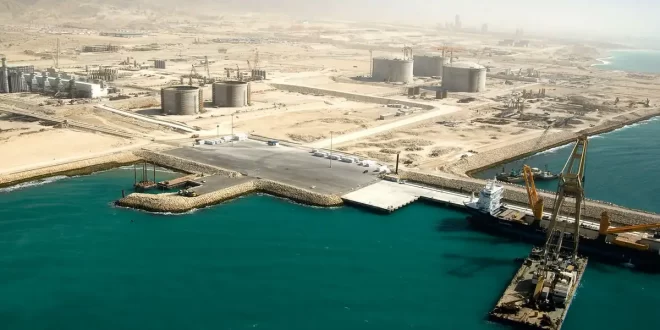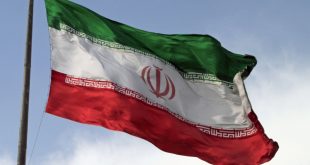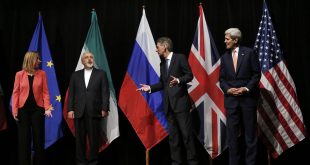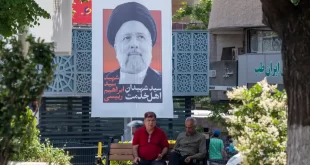Iran, despite having the world’s second-largest natural gas reserves, has not yet become an LNG producer, and faces a critical shortage for essential domestic needs.
Natural gas that has been cooled to a liquid form for convenient and secure non-pressurized storage or transportation is known as liquefied natural gas, or LNG. The gas is cooled to around -260°F throughout the process, which lowers its volume by roughly 600 times and makes it more useful for long-distance transmission in situations where pipelines are not an option.
According to the IEA’s most recent study, rising economies are forecast to increase demand for LNG overall, and a 25% increase in global LNG capacity between 2022 and 2026—led by the US— which is expected to ease market tightness.
With an export volume of 114.1 billion cubic meters, Qatar was the largest LNG exporter in the world in 2022. The average monthly record for US net natural gas exports as LNG and via pipeline was 13.6 Bcf/d in May 2023. With an average of 11.6 Bcf/d in the first half of 2023, the United States was the world’s leading exporter of natural gas.
Iran was estimated to have produced 262.261 billion cubic meters (bcm) of natural gas in 2022, a 2% increase from the year before. During that time, the nation consumed 230 bcm of gas. Iran has exchange agreements with Turkmenistan and supplies natural gas to Turkey and Iraq.
Iran has been progressing with the Iran LNG project, located at Tombak Port, around 50 km north of Assaluyeh. Managed by the Iran LNG company, a subsidiary of the Iranian Gas Exporting Company (IGEC), the project involves two LNG trains, each capable of producing 5.4 million tons of LNG annually. One of the three planned LNG export projects, the 10.8 million t/yr Iran LNG project, was halted due to international restrictions linked to Tehran’s nuclear program.
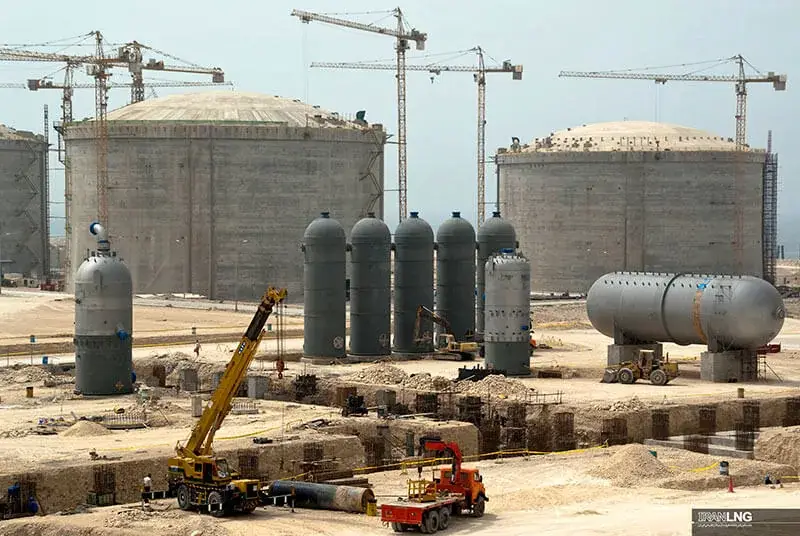
In late November, the CEO of Iran Natural Gas Liquefaction Company, Hadi Amirshaghaghi, gave an update on the Iran-LNG project. Started in the early 2000s, the project encountered obstacles and progressed just 38% by 2013. Resurrected since 2021, it is currently 53% completed, with major parts ready for operations.
It is claimed that the ongoing LNG project lost $5 billion a year, which is why the present administration has made its recovery a top priority. US sanctions, finance problems, and acquiring technology are among the obstacles. Iran also needs to address its limited export potential and high domestic gas consumption. By mid-2025, the Raisi administration hopes to have the project finished.
The severe natural gas shortage in Iran, particularly problematic during winter, has led to disruptions in gas supply for residential usage, forcing the use of inferior fuel oil like mazut, contributing to air pollution. Amirshaghaghi, has suggested a technological capability to reverse part of the LNG manufacturing process, turning it back into sweet natural gas. With 99% progress in storage tanks and over 50% progress in maritime facilities, addressing the gas network shortfall may involve announcing and attracting investors, providing a significant gas injection into the national network.
Presently, Iran’s natural gas consumption grows by 5% annually, but growth rate in output is flat or even decreasing. It expects South Pars field in the Persian Gulf to become less productive and pressured over the next three to four years, turning the country from an energy producer to an importer. The amount of gas imbalance is expected to increase from 250 million cubic meters per day to 300 million cubic meters per day this year and 500 to 550 million cubic meters per day by the end of 2031.
A $40 billion Memorandum of Understanding between the National Iranian Oil Company (NIOC) and Gazprom was signed by Iran and Russia in July 2022. The MOU sought to cooperate on several energy-related initiatives, such as the completion of LNG projects in Iran and the development of gas and oil fields. It is noteworthy, therefore, that the MOU never came to pass, and that Russia did not provide Iran with the anticipated financial assistance or technology needed to finish the Iran LNG project.
Sanctions pose serious challenges for Iran, preventing it from obtaining essential liquefaction technology and endangering its financial stability. Iran may have the gas to liquefy, but there are still limitations to the feasibility of LNG exports. The nation has significant obstacles in acquiring liquefaction technology, and its past endeavors in pursuing these kinds of projects seem destined for protracted periods of financial waste. Although obtaining a supply of gas for liquefaction and export is difficult, accepting the less complicated and non-competitive regasification method appears to be a viable remedy.
Additionally, regasification—which is the process of returning LNG to its original gaseous state—represents a comparatively simple process that operates in a less competitive market than liquefaction. This anticipated change denotes a move away from Iran’s initial objective of becoming a significant LNG exporter and toward a likely role as an LNG importer. This change is significant because it shows how Iran has changed from being an exporter to an importer in the world energy market. Given the lack of natural gas, importing LNG from Qatar would be the only practical alternative if the Raisi administration is successful in completing the Iran LNG project. This is because of the short distance involved.
It is also critical to highlight the many difficulties that come with LNG regasification, such as the need to build necessary infrastructure and navigate through sophisticated technological issues. These elements add to the complexity of this energy transition, emphasizing the necessity of meticulous preparation and strategic thought.

